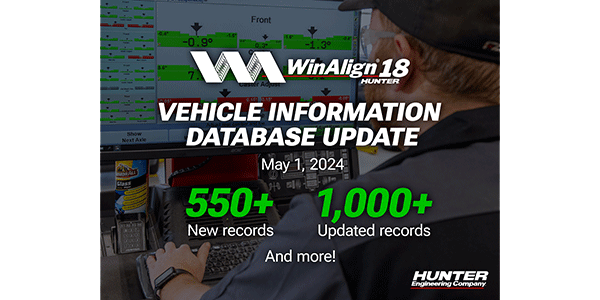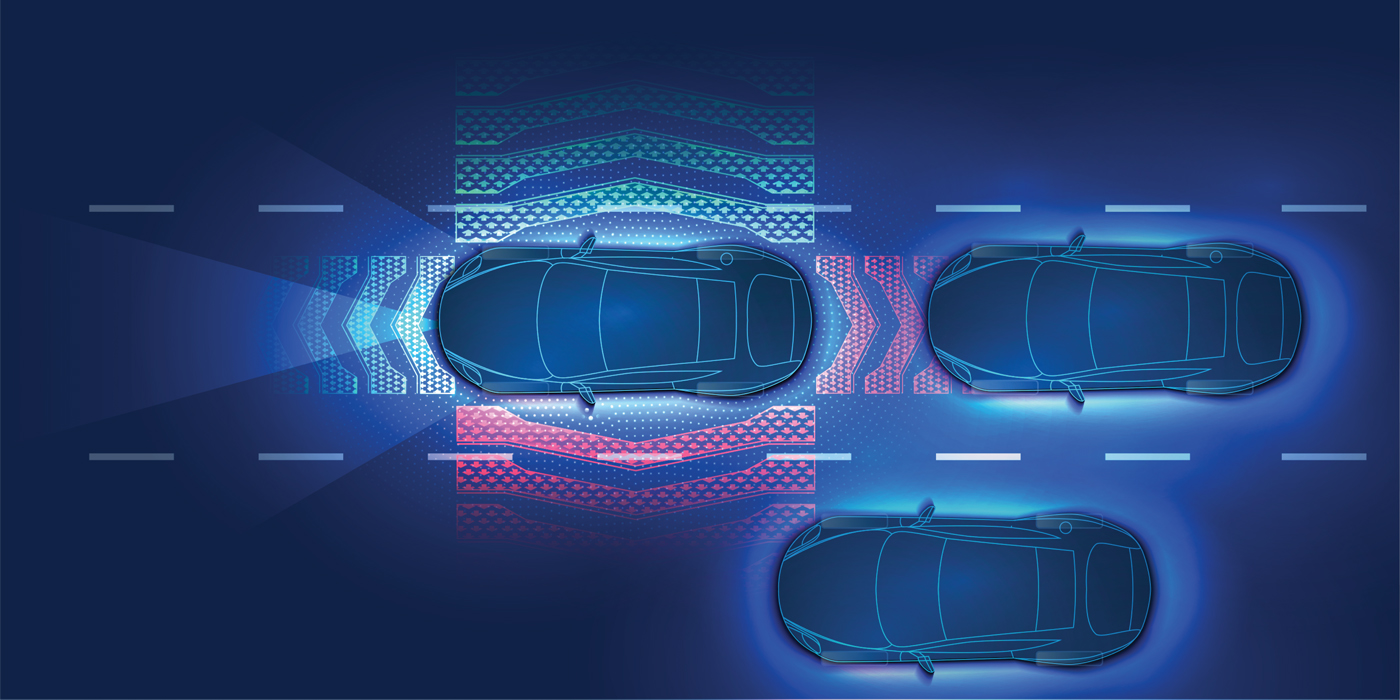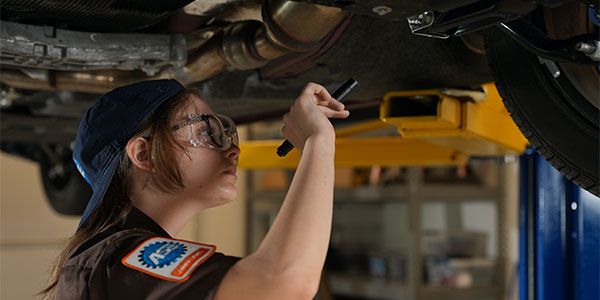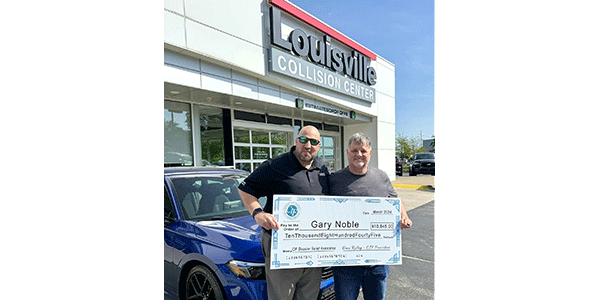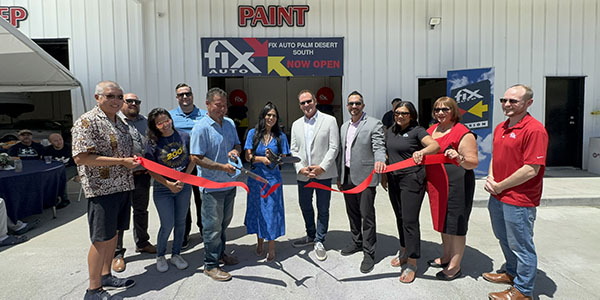A study on drivers’ knowledge of advanced driver-assistance systems (ADAS) was recently conducted by the AAA Foundation for Traffic Safety and the SAFER-SIM University Transportation Center.
The primary purpose of ADAS is to provide increased safety to drivers and other road users. As systems such as adaptive cruise control (ACC) and lane keeping assistance (LKA) are becoming widely available, it is important to recognize road users’ understanding and knowledge (i.e., mental models) of these technologies. Studies have documented gaps in drivers’ understanding of ADAS; however, there have been few attempts to map knowledge of vehicle technology across different driver characteristics, experiences and perceptions. Other studies have identified groups or clusters of drivers who differ in their knowledge of technology as well as their confidence in their knowledge, including drivers who were lacking in knowledge, but also highly confident. Such drivers might be more prone to mishandling or inappropriate use of automation.
The aims of this project were twofold:
- To characterize road users with a weak understanding of ADAS compared to those with a strong understanding of ADAS along different dimensions, including demographics; experiences; perceptions regarding vehicle technology; and attitudes and preferences towards education, among others.
- To identify clusters of drivers based on results from the quality of their mental model of ADAS and their confidence, and explore factors that distinguish these clusters.
Key findings included:
- Both the strong and weak groups had similar self-ratings of knowledge about both ACC and LKA. However, the strong understanding group reported being less familiar and less trusting of ACC and LKA compared to the weak understanding group.
- The groups reported similar levels of ownership of the systems, although the weak understanding group had slightly higher ownership rates for ACC compared to those with a stronger understanding.
- The groups reported similar levels for their confidence in their ability to find educational material for ADAS and both reported that it was important to understand ADAS.
- Road users with a strong understanding of ADAS were on average six years younger than those with a weak understanding of ADAS.
- Notably, the strong understanding group learned about ADAS via trial and error whereas the weak understanding group learned about ADAS via the owner’s manual.
- Respondents in both groups tended to understand basic functions of ACC but differed on their understanding of ACC limitations.
A cluster analysis revealed four distinct groups of respondents, with different levels of mental model quality (weak or strong) and confidence: Weak Confident (WC), Weak Unconfident (WU), Strong Confident (SC) and Strong Unconfident (SU):
- Age was similar between clusters although the WC cluster was slightly older than the other clusters. Males were overrepresented in both confident clusters (WC and SC).
- A larger proportion of road users in each of the two confident clusters (WC and SC) owned ACC and LKA compared to the unconfident clusters (SU and WU).
- Drivers in the WC cluster tended to rate their own driving confidence and safety higher than drivers in the other groups.
- The WC and SC clusters reported higher perceived knowledge of the systems, greater importance of understanding ADAS in their vehicle and were more confident in their ability to find ADAS educational material compared to the unconfident clusters.
- The WC cluster reported using ACC and LKA most frequently, which suggests that experience with the system does not necessarily lead to a strong understanding of ACC or LKA.
- The confident clusters (WC and SC) had a larger proportion of road users that learned about ADAS from the internet, owner’s manual, trial and error, and dealership.
- A majority of road users in all clusters reported preferring to learn about ADAS via trial and error followed by videos and owner’s manual.
Confidence in ADAS may extend to self-efficacy in other abilities; that is, drivers in the WC and SC clusters had greater confidence in their driving ability and safety. These groups were also more confident in their ability to find ADAS educational material, believed they had a better understanding of ACC and LKA, and were more trusting of ACC and LKA compared to the unconfident clusters (WU and SU). A greater proportion of road users in the confident clusters owned a vehicle with ACC or LKA and reported more frequent use of these systems compared to the unconfident clusters. However, the strength of their mental model did not seem to be influenced by ownership of either ACC or LKA. That is, owning ADAS may serve to increase a driver’s confidence in their knowledge, but not necessarily their actual knowledge.
Collectively, the outcomes from this study point to targets for educational approaches in the future. Analysis of the responses to specific items on the mental model assessment suggested that education approaches should prioritize information about system limitations: increasing awareness about a system’s operational design domain might help reduce some of the gaps between the knowledge groups. Although the differences were relatively small, age may play an important factor in learning preferences and mental models of ADAS. Age and sex should both be considered when developing education and training for ADAS.



